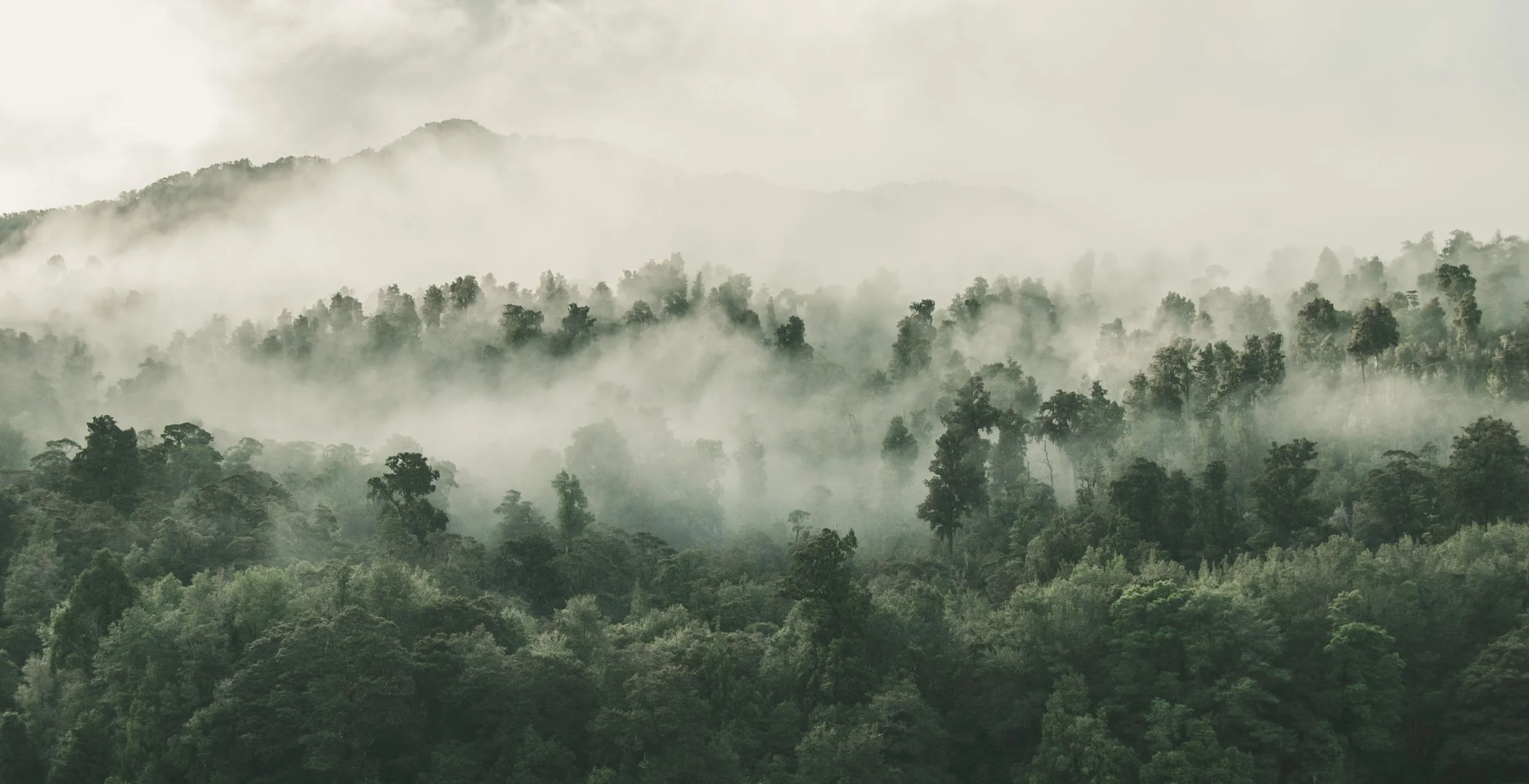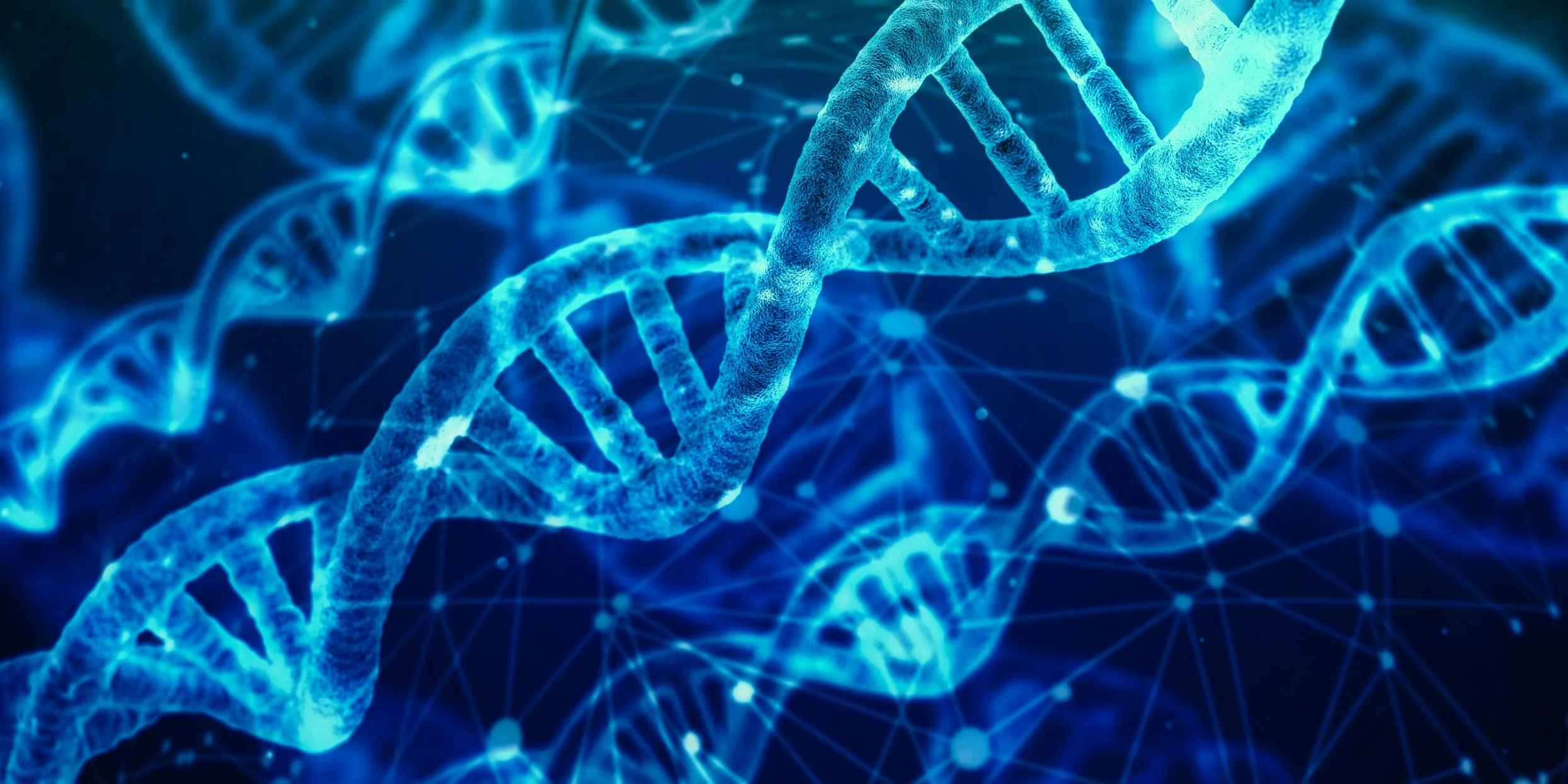It has been known for some time now that plants are able to communicate among themselves although vast majority of inter-plant communication still eludes us. Researchers from Wageningen University tried to decipher some of the mystery
Extreme weather may lead to more aggressive spiders
All Life on Earth is Made up of the Same 20 Amino Acids. Scientist Now Think They Know Why
The question of how life on Earth first emerged is one that humans have been asking themselves since time immemorial. While scientists are relatively confident about when it happened, there has been no definitive answer as to why it did. How did amino acids, the chemical building blocks of life, come together roughly four billion years ago to create the first protein molecules?
How fireflies glow – and what signals they’re sending
You might not really be sure you saw what you think you saw when the first one shows up. But you stare in the direction of the flicker of light and there it is again – the first firefly of the evening. If you are in good firefly habitat, soon there are dozens, or even hundreds, of the insects flying about, flashing their mysterious signals.
How to stroke a cat, according to science
Micro-naps for plants: Flicking the lights on and off can save energy without hurting indoor agriculture harvests
Curious kids: Why do birds sing?
Do cats purr when humans aren’t around?
Researchers May Have Found the Missing Piece of Evidence that Explains the Origins of Life
The question of how life first emerged here on Earth is a mystery that continues to elude scientists. Despite everything that scientists have learned from the fossil record and geological history, it is still not known how organic life emerged from inorganic elements (a process known as abiogenesis) billions of years ago.
Why plants don’t die from cancer
Chernobyl has become a byword for catastrophe. The 1986 nuclear disaster, recently brought back into the public eye by the hugely popular TV show of the same name, caused thousands of cancers, turned a once populous area into a ghost city, and resulted in the setting up of an exclusion zone 2600km² in size.
Biodiversity helps coral reefs thrive – and could be part of strategies to save them
Six amazing facts you need to know about ants!
Man’s stressed friend: how your mental health can affect your dog
Feeding mosquitoes sugar makes them less likely to bite – but don’t go leaving out sugary treats just yet
The teasing temptation of a sugary treat can often get the better of us. But don’t worry, we’re not the only ones. The saccharine substance that our sweet tooth finds so hard to resist is also powerfully seductive to mosquitoes. And according to new research, in helping to keep the pests away from our blood-rich body parts, sugar may for once be good for our health.
Scientists race to save the Sumatran rhino as last male in Malaysia dies
Curious Kids: Are humans going to evolve again?
Complex life may only exist because of millions of years of groundwork by ancient fungi
Coral reefs provide flood protection worth $1.8 billion every year – it’s time to protect them
The news is grim: According to a report compiled by hundreds of scientists from 50 countries, Earth is losing species faster than at any other time in human history. Thanks to climate change, coastal development and the impacts of activities such as logging, farming and fishing, roughly 1 million plants and animals are facing extinction.
Will we ever know the difference between a wolf and a dog?
How biologists and engineers learn from animals
The parasitic wasp can do something special. The insect is able to puncture rotten wood or a fruit and thus lay eggs in larvae that live in these kinds of places. The wasp uses a long tube for this. But this tube is so long that the animal cannot push it into the material itself. The secret is that this "needle", which consists of three separate parts, can pull itself forward.
















